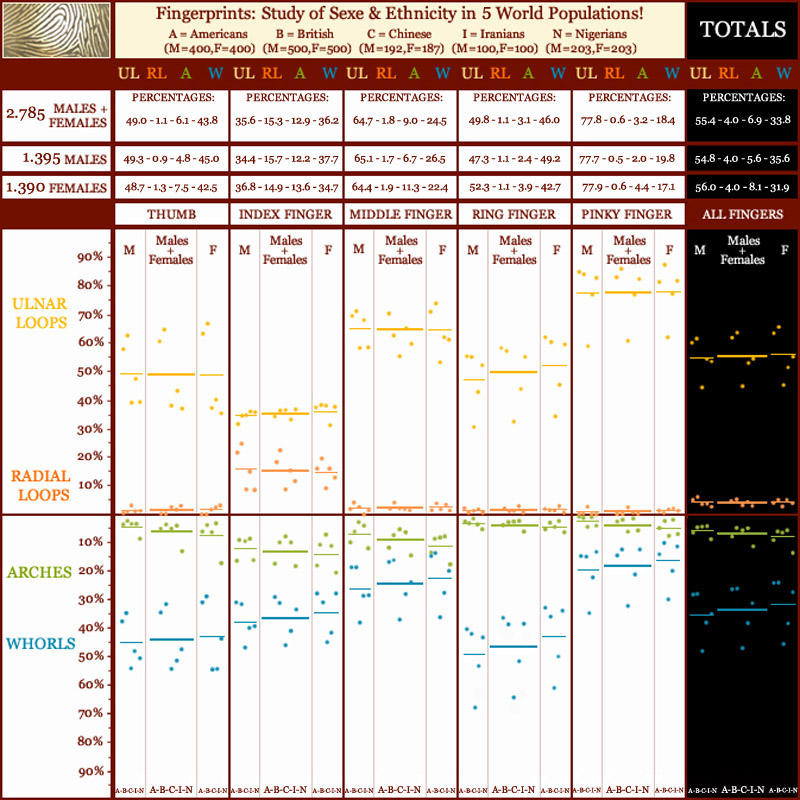

The timing of eye and arm movements is correlated, and this correlation appears to be actively coordinated by specific brain mechanisms rather than arising passively from common input to the two motor systems ( 1). When a monkey desires to pick an apple hanging from a tree branch, he will look toward the apple before reaching to grasp it. Primates normally orient their eyes to the target of their reaches. Our hands, however useful, may instead represent a very primitive anatomical structure that's been around for millions of years.Eye–hand coordination is critical for natural behavior. The new study challenges the assumption that the evolution of a more "sophisticated" hand in humans first appeared in the common ancestor of chimps and our species. Even then, the tree scaling is just to escape threats or to forage for food. While we tend to think that gorillas spend much of their time hanging around in trees, the truth is that they only spend about 5 to 20 percent of their time in trees. While chimps and orangutans became tree-climbing specialists, humans evolved to become more terrestrial. Each gorilla foot has five toes, but their big toe is opposable and can move much more flexibly than ours can.Īlmécija and his colleagues suspect that all living primates survived a late Miocene (12 to 5 million years ago) extinction event by specializing to exist in certain habitats. Like human hands, gorilla hands have five fingers, including an opposable thumb. Gorillas also appear to have inherited our more primitive hand structure. Like Humans, Chimps Tend to Be Right-handed As a result, chimps and orangutans do not have opposable thumbs as we do. Since the thumb is not as long, it just meets up with the palm, while the chimp's other four fingers extend upward.


"Human hands are marked by a relatively long thumb when compared to the length of their four other fingers - a trait that is often cited as one of the reasons for the success of our species because it facilitates a 'pad-to-pad precision grip,'" Hiatt said.Ĭonversely, chimp hands are much longer and narrower. The researchers came to their conclusions after analyzing the hands of humans, chimps and orangutans, as well as the remains of hands for early apes like Proconsul heseloni and the hands of human ancestors, such as Ardipithecus ramidus and Australopithecus sediba.Īlmécija and his team discovered that human hands today are not that different from those of the early human ancestors. Smaers and Jungers are researchers at Stony Brook University, where the research was conducted. Sergio Almécija, a scientist in the university's Center for the Advanced Study of Human Paleobiology, led the study, which was co-authored by Jeroen Smaers and William Jungers. "The findings suggest that the structure of the modern human hand is largely primitive in nature, rather than, as some believe, the result of more recent changes necessary for stone tool-making," Kurtis Hiatt, a spokesperson for The George Washington University, told Discovery News. Prehistoric Moms Had Their Hands Full: Photos The study, published in the latest issue of the journal Nature Communications, determined that while human hand proportions have changed little from those of the last common ancestor of chimps and humans, the hands of chimps and orangutans have evolved quite a bit. Given our inherent human-centric viewpoint, we tend to think that our species is more advanced in all respects than other animals, but new research finds that human hands are more primitive than those of our closest primate ancestors: chimpanzees.


 0 kommentar(er)
0 kommentar(er)
